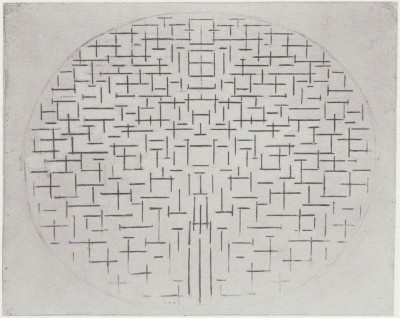The Vertical Line in Angular Composition
November 13th, 2007
Two paintings analyzed by Henry Rankin Poore in his 1967 Pictorial Composition.
“The vertical line is much more important than any other. In nature, it is the direction of gravity. It distinguishes upright man from the lower animals. It also can stand alone, while all other lines demand supports. Of two lines of equal force the vertical is the one first seen. In composition, therefore, it takes precedence.
“Start with a subject represented by a vertical line — a tree or figure. The directness, rigidity, isolation and unqualified force of such a line demands balance. If you visualize a frame or put sides on the picture, you will see why a horizontal line bisecting the vertical becomes necessary. Length and breadth must be represented, something in two dimensions started, and so the four sides of a frame are essential” (p59-60).

‘Approach to Venice’ by Joseph Mallord William Turner.
“When Giotto was asked for his conception of a perfect building, he produced a circle. When Michelangelo was asked, he designated a cross. Both are excellent bases for good architecture and good pictures. If the extremities of the Greek cross are connected by arcs, a circle will result. If the Latin cross is bounded in the same way, a kite shape, or ellipse, emerges. The two designs are in a sense similar. From the pictorial standpoint, they provide the framework by which the same space can be filled” (p58).
“The simple vertical line is monotonous. Its bi-section produces balance — and a cross is the result” (p58).

‘Pier and Ocean’ by Piet Mondrian.
November 13th, 2007 at 10:41 pm
“The simple vertical line is monotonous. Its bi-section produces balance — and a cross is the result”
Across from what?
(Sorry, I’m an incorrigible ‘Arrested Development’ fan.)
The Mondrian looks like the front view of a brain to me.
January 9th, 2009 at 12:43 pm
you should read it properly. it’s “a cross” (substantive) , not “across” (verb).